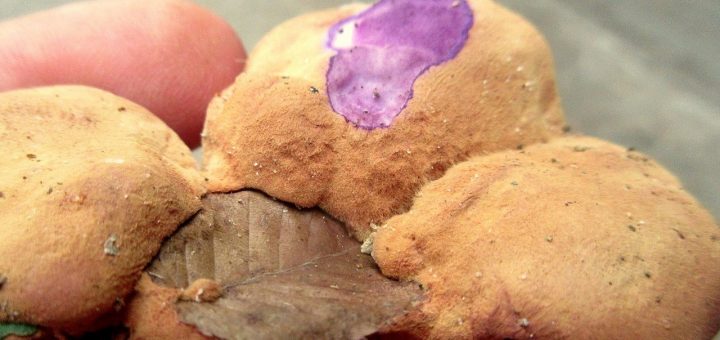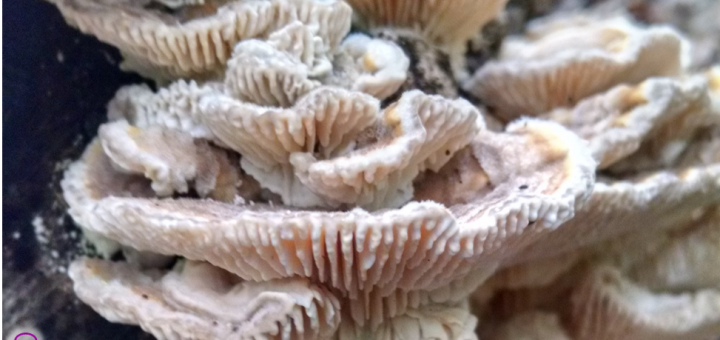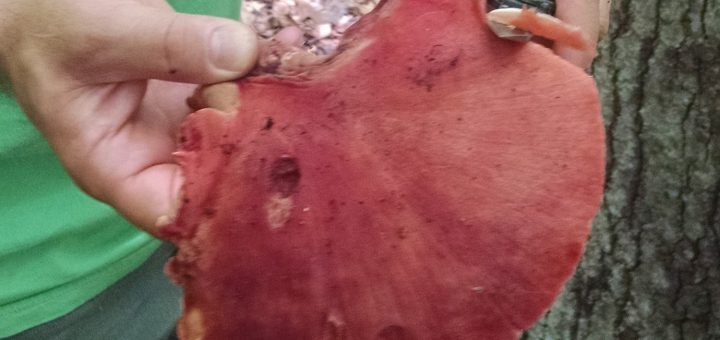#170: Hapalopilus nidulans
Hapalopilus nidulans is small, drab, polypore that most people overlook. However, this humble mushroom is remarkable for two reasons: it is poisonous and it produces a lovely purple dye. It is an uncommon mushroom, which reduces the likelihood of someone eating it but also means people working with mushroom dyes never have enough of it. This mushroom appears on decomposing wood in North America and Europe.










![#011: Characteristics of Kingdom Fungi [Archived]](https://www.fungusfactfriday.com/wp-content/themes/hueman/assets/front/img/thumb-small-empty.png)
